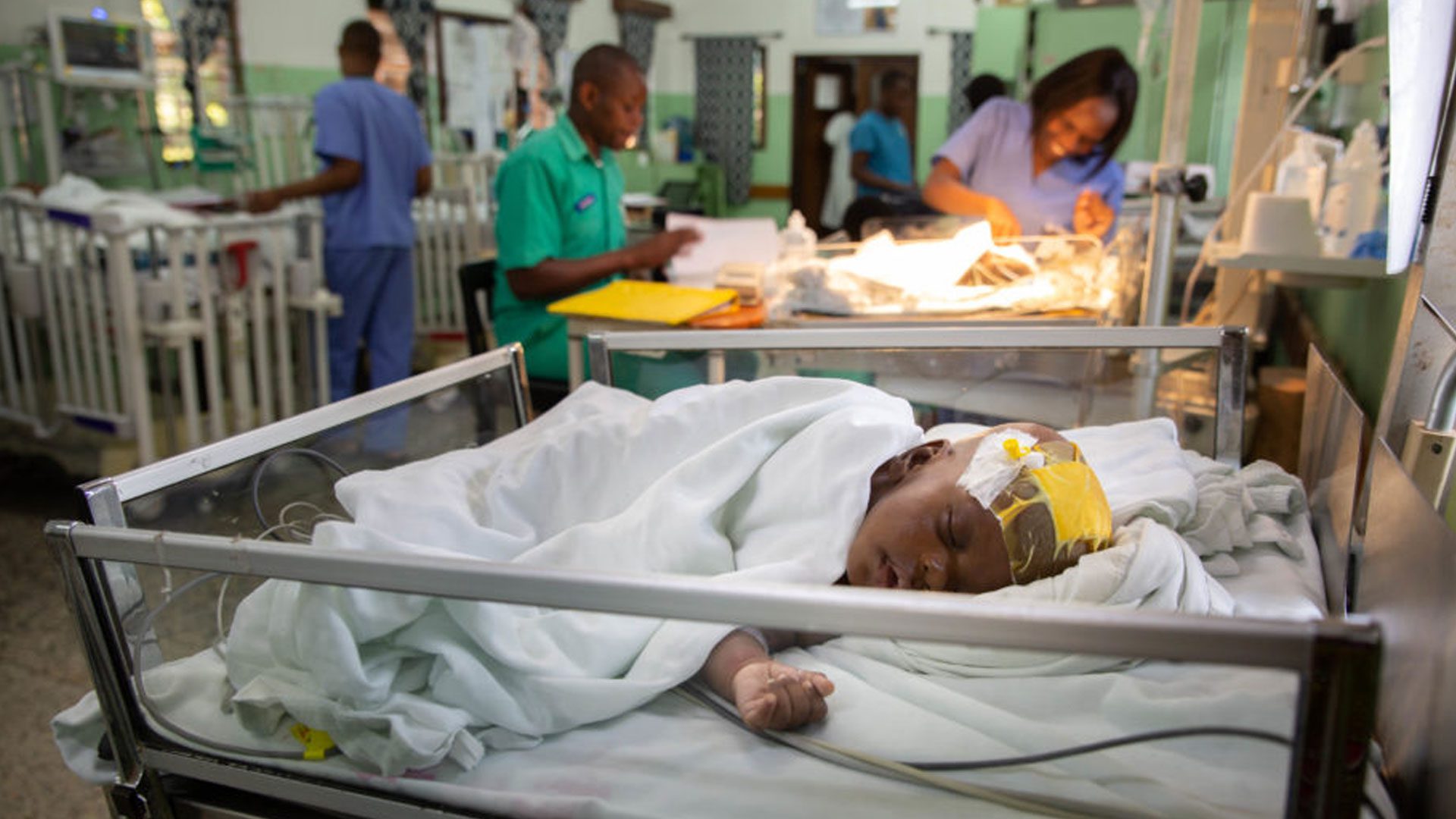Comparison of 1-year outcomes for the Chhabra and Codman-Hakim Micro Precision shunt systems in Uganda: a prospective study in 195 children
Abstract:
Object: The author investigated the 1-year outcomes for shunt treatment of hydrocephalic children in Uganda, comparing the results using the inexpensive Chhabra shunt ($35 US dollars), widely used in East Africa, with those using the Codman-Hakim Micro Precision Valve shunt ($650).
Methods: The results in 195 consecutive children (mostly infants) in whom shunts were placed were studied prospectively. In Group 1, 90 patients randomly received either the Chhabra or Codman shunt as primary treatment for hydrocephalus. In Group 2, 105 patients received the Chhabra shunt when endoscopic third ventriculostomy could not be performed or had failed. The end points of the study were shunt malfunction, shunt migration, wound complication, death, or no problem at 1 year. Of all patients, 9.7% were lost to follow up and 15.9% died before 1 year. The occurrence of complications in all patients were infection (9.7%), migration/disconnection (6.3%), wound complication (5.7%), valve malfunction (3.4%), ventricular catheter obstruction (2.8%), and peritoneal catheter obstruction (1.1%). There was no statistically significant difference in any outcome category for patients receiving the Codman or Chhabra shunt (p = 0.2463–1.0000).
Conclusions: Ventriculoperitoneal shunt insertion for treatment of hydrocephalus can be performed in a developing country with results similar to those reported in developed countries. No difference in outcome was noted between the two shunt types. No advantage was found in using a shunt system that, in this setting, is prohibitively expensive.



















